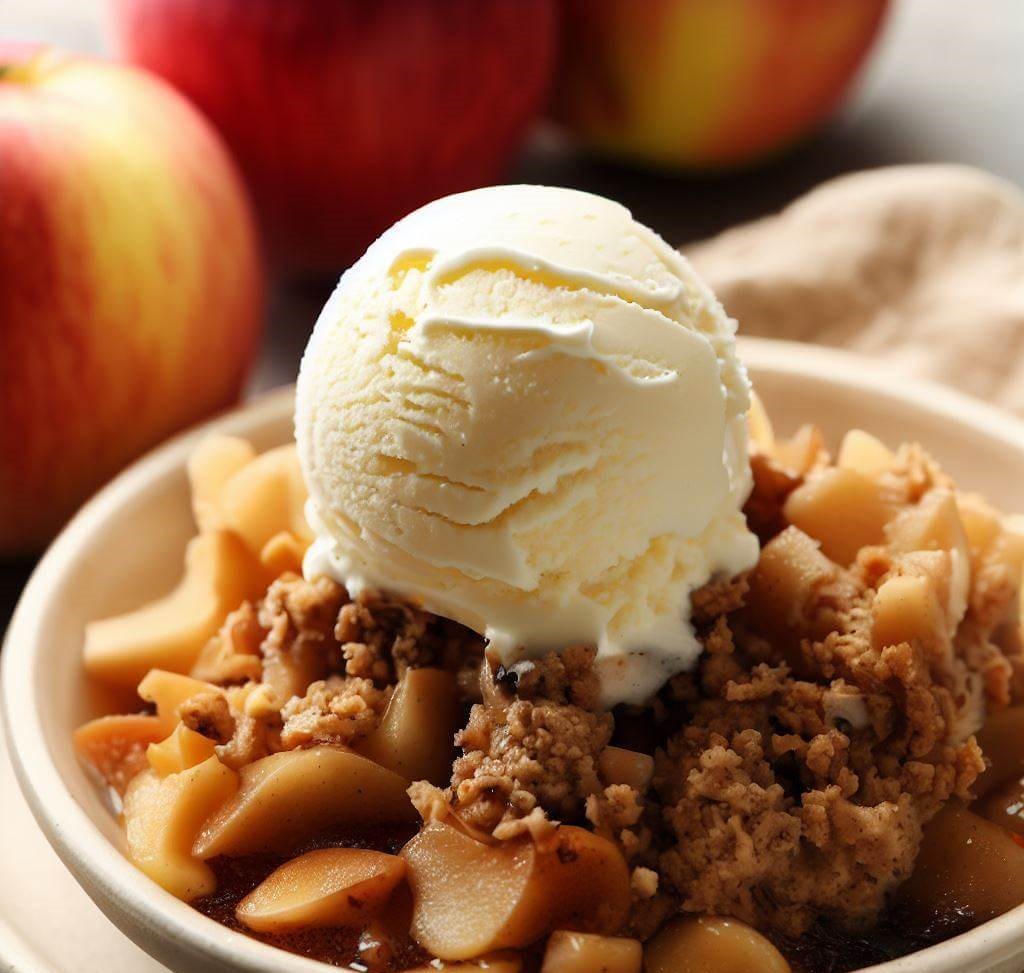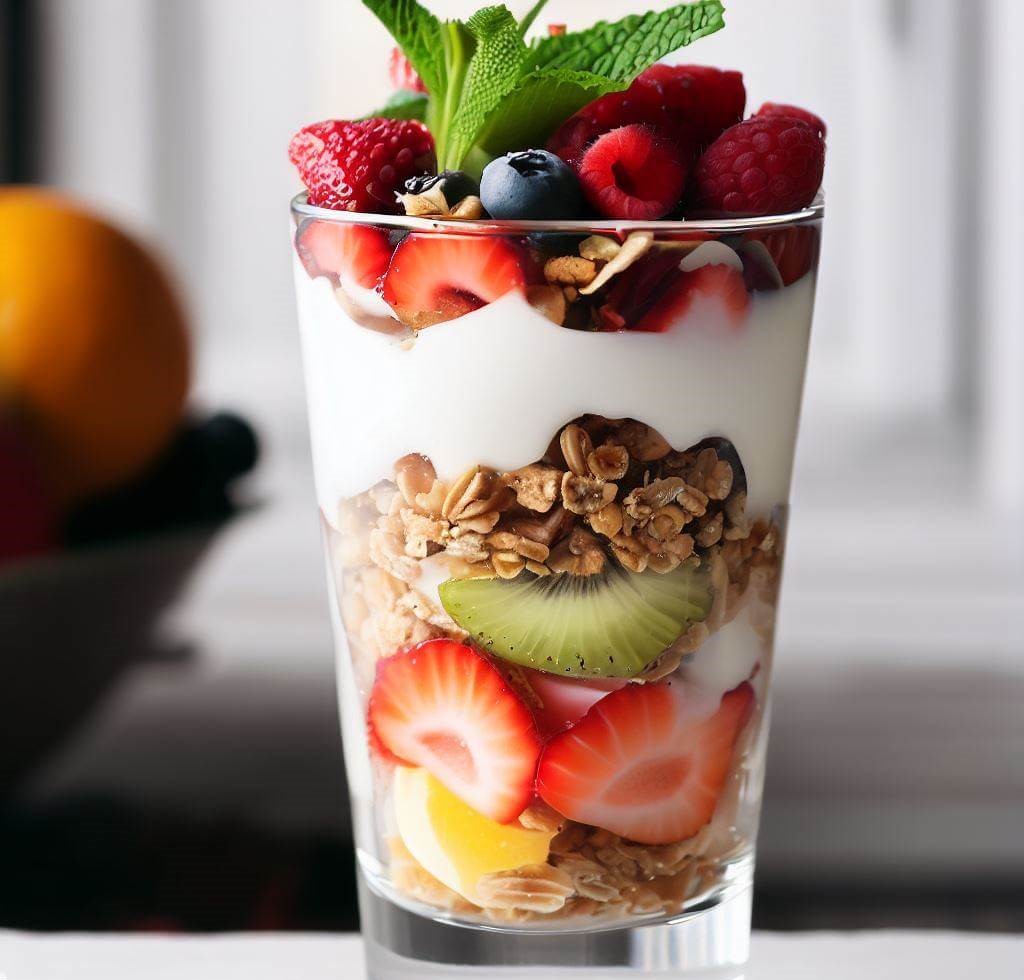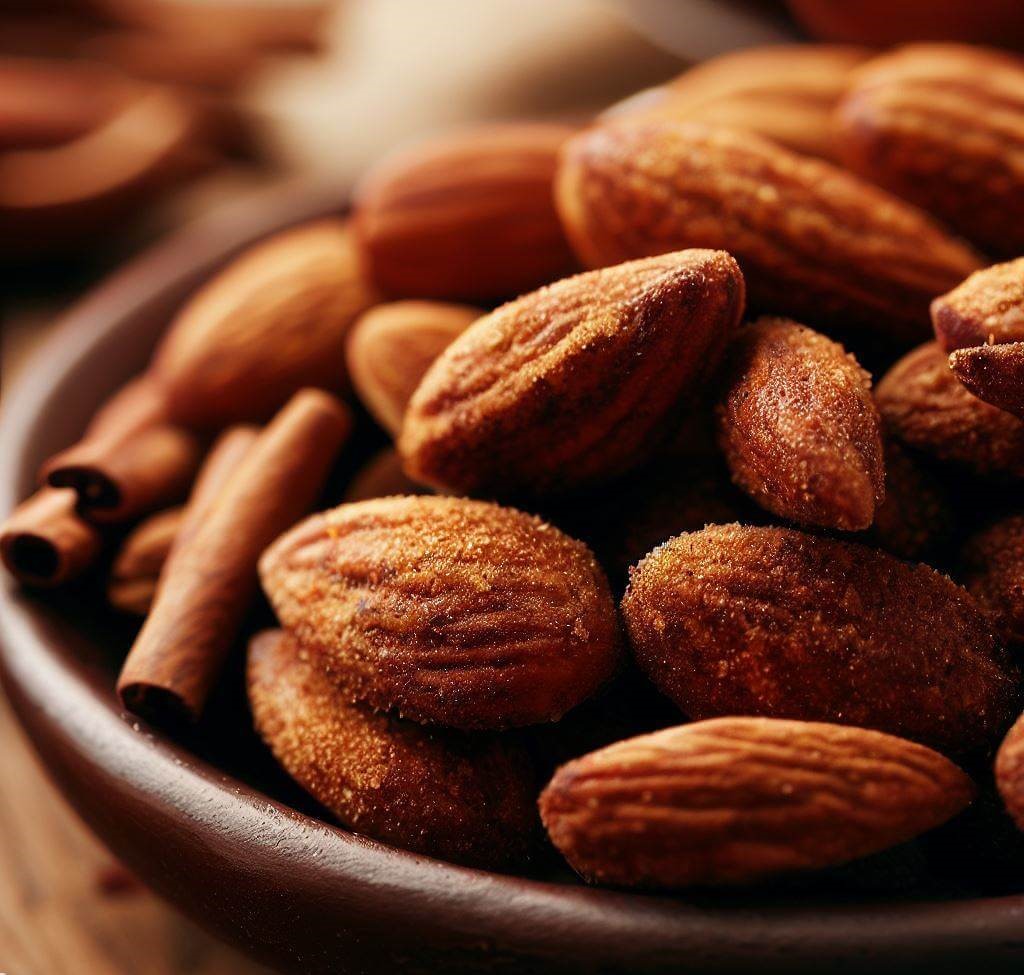Introduction: The Sweet Challenge for Diabetics
Navigating life with diabetes can often feel like a balancing act. Especially when it comes to appeasing the ever insistent sweet tooth, which can feel like being caught between the devil and the deep blue sea. Should you give in to that sugar craving, or steer clear to keep your blood sugar levels stable? It’s a genuine concern, but guess what? Living with diabetes doesn’t mean bidding adieu to the occasional sweet indulgence. It’s about making mindful choices and taking a tailored approach to desserts that takes your health into account. With a few creative tweaks and smart swaps, you can cater to your sweet cravings without causing a sugar overload. So, strap in as we take you through a tour of mouthwatering, diabetic-friendly desserts that can truly satisfy your sweet tooth!
Understanding the Basics of Diabetes and Desserts
Living with diabetes entails keeping a close eye on what you eat, especially when it comes to sugary desserts. Here’s the deal: diabetes occurs when your body is unable to effectively manage blood glucose, which is primarily derived from the food we eat. Sugary foods, such as conventional desserts, are particularly high in glucose, leading to a quick and dramatic rise in blood sugar levels post-consumption.
Regular desserts are often sugar-laden, and when eaten in excess, can lead to spikes in your blood sugar levels, causing potential health complications. In simple terms, the sugars in these desserts are absorbed into the bloodstream rapidly, leading to high blood sugar. And for someone with diabetes, their body either can’t produce enough insulin to handle this influx, or it can’t use insulin effectively, resulting in elevated blood sugar levels.
This, however, does not mean that all desserts are off-limits. You can still enjoy desserts when you make the right choices and opt for ingredients that won’t cause a sharp rise in your blood sugar levels.
The Role of Sugar Alternatives
One of the most effective ways to enjoy sweets without wreaking havoc on your blood glucose levels is to consider sugar alternatives. These are sweeteners that have a lower glycemic index compared to regular sugar, meaning they don’t raise blood glucose levels as drastically.
Some of these sugar substitutes include stevia, erythritol, xylitol, and monk fruit sweetener. They mimic the sweetness of sugar but have fewer carbs and calories, making them a good choice for those managing diabetes. It’s important to note that while these sugar alternatives are generally safe for diabetics, individual reactions can vary. Therefore, it’s always recommended to monitor your blood sugar levels when trying out a new sweetener.
Switching to these alternatives can be a game-changer for diabetics, making it possible to enjoy a wide range of desserts that are lower in carbs and sugar, yet just as satisfying. However, remember that moderation is key, even when it comes to sugar alternatives. Even though these sweeteners don’t affect blood sugar the same way as regular sugar, overconsumption can still lead to other health issues.
In our dessert exploration today, we’ll be highlighting recipes that make use of these sugar alternatives, creating treats that satisfy your sweet tooth while keeping your health in check. So, let’s dive into these mouthwatering, diabetic-friendly dessert recipes!
5. Berries and Cream

A classic dessert that never goes out of style, berries and cream is a great choice for anyone managing diabetes. Not only is this dessert easy to whip up, but it also packs a punch in terms of both flavor and nutrition.
Berries, such as blueberries, strawberries, and raspberries, are high in fiber and packed with antioxidants, which are beneficial for overall health.
They have a lower glycemic index than many other fruits, meaning they won’t cause a sharp spike in your blood sugar levels.
Now, let’s talk about the cream. Regular whipped cream might be high in sugar and fat, but we can switch it up for a healthier version. By whipping up some heavy cream with a sugar alternative like stevia or erythritol, you get the same lush, velvety texture minus the excess sugar.
To prepare this delightful treat, all you need to do is whip the cream with your choice of sweetener until it forms soft peaks. Layer your fresh berries and the whipped cream in a glass, alternating layers for a visually appealing treat.
The result? A heavenly, diabetic-friendly dessert that combines the tartness of the berries with the smoothness of the cream. It’s a perfect, refreshing finish to any meal!
4. Apple Crisp
Who doesn’t love a good apple crisp? It’s warm, comforting, and incredibly satisfying. But can you enjoy this timeless dessert if you’re managing diabetes? Absolutely! With a few smart tweaks, you can create a diabetic-friendly version of apple crisp that’s just as delightful as the original.

First off, apples are a fantastic fruit choice for diabetics. They’re high in fiber and have a relatively low glycemic index.
Now, for the crumble topping, instead of using a traditional sugar-filled recipe, we can switch to using a blend of almond flour, a small amount of oats, a sugar substitute like monk fruit sweetener, and a generous helping of cinnamon. Cinnamon not only adds a warm spice to your apple crisp, but it’s also shown to have properties that can help lower blood sugar levels.
To prepare the apple crisp, toss your sliced apples in a bit of sweetener and cinnamon, then spread them out in a baking dish. Mix together your almond flour, oats, sweetener, and butter to form the crumble topping, then spread this evenly over the apples. Bake in the oven until the apples are soft and the topping is golden and crispy.
The result is a delicious, warm dessert that satisfies your craving for something sweet, without causing a spike in your blood sugar levels.
3. Greek Yogurt Parfait

A Greek yogurt parfait can be a perfect, diabetic-friendly dessert that’s packed with protein, probiotics, and fiber. The key here is choosing the right ingredients that complement the tartness of Greek yogurt while keeping the sugar content in check.
Greek yogurt is a great dessert base because it’s high in protein and has no added sugars.
You can sweeten it up a bit with a sugar substitute if you like, or let the natural sweetness of your other ingredients shine.
Layer your Greek yogurt with a variety of fruits, such as berries, cherries, or peaches, all of which are lower on the glycemic index. Add some crunchy almonds or walnuts for a bit of texture. You can also add a sprinkle of chia seeds or flaxseeds for a boost of fiber and omega-3 fatty acids.
For the final layer, consider using a sugar-free granola. Many store-bought granolas are high in sugar, so it’s best to look for a sugar-free variety or make your own at home.
The resulting Greek yogurt parfait is not only visually stunning but also a symphony of textures and flavors – creamy yogurt, juicy fruits, crunchy nuts, and the slight sweetness of the granola. It’s a delicious, nutritious dessert that you can enjoy without any guilt.
2. Dark Chocolate Dipped Strawberries
If you’re a chocolate lover, don’t worry, you can still enjoy this decadent treat while managing your blood sugar levels. The key is choosing dark chocolate, which has less sugar and more cocoa than milk or white chocolate. And when you pair it with strawberries, you have a match made in dessert heaven.

Strawberries are low on the glycemic index and are packed with vitamins and fiber. Meanwhile, dark chocolate is not only a good source of antioxidants but is also known to have a low to moderate effect on blood sugar levels. It’s best to choose a dark chocolate that’s at least 70% cocoa to reap these benefits.
To make this delightful dessert, melt your dark chocolate in a heat-proof bowl over a pot of simmering water, then dip each strawberry into the chocolate, covering about half the strawberry. Lay the dipped strawberries on a tray lined with parchment paper and chill in the refrigerator until the chocolate is set.
The result is a tantalizing combination of sweet, juicy strawberries and rich, dark chocolate that satisfies your sweet tooth while keeping your blood sugar levels in check.
1. Cinnamon Roasted Almonds

If you prefer your desserts to be more on the savory side, cinnamon roasted almonds are an excellent choice. This simple yet flavorful dessert is full of healthy fats, protein, and fiber, making it a diabetes-friendly snack.
Almonds are packed with nutrients, including magnesium, which has been shown to help control blood sugar levels. On the other hand, cinnamon is known for its potential to lower blood sugar and improve insulin sensitivity.
To make these, toss whole almonds in a mixture of a sugar substitute like erythritol, cinnamon, and a little bit of unsweetened almond milk. Roast them in the oven until they’re golden and crisp. Let them cool completely – they’ll become even crunchier.
The result is a deliciously fragrant, slightly sweet, and crunchy treat that’s perfect for satisfying your sweet tooth. Plus, it’s incredibly easy to portion control!
Creating a Balanced Diabetic Diet: Beyond Desserts
In the quest for controlling blood sugar levels, the focus often tends to be on what you can’t eat, especially when it comes to desserts. However, it’s equally important to remember what you should eat, and how the right foods can help you maintain a balanced diet.
First, let’s discuss carbohydrates. As they have a direct impact on your blood sugar levels, it’s crucial to choose your sources wisely. Opt for complex carbohydrates such as whole grains, legumes, and vegetables, which are digested slowly and thus help maintain steady blood sugar levels.
Next comes protein. A cornerstone of any balanced diet, proteins help you feel satiated and preserve muscle mass. Lean meats, tofu, fish, and eggs are excellent sources.
Don’t shy away from fats, either. While it’s crucial to limit saturated and trans fats, healthy fats from avocados, nuts, and seeds are beneficial for heart health.
Finally, fiber. This nutrient is a superstar in a diabetic diet as it slows down digestion and thus, the rate at which sugars are absorbed into the bloodstream. Fruits, vegetables, and whole grains are all rich in fiber.
In essence, managing diabetes is not just about avoiding desserts or sugars but cultivating a balanced diet and a healthy lifestyle. Regular physical activity, adequate hydration, and stress management also play a crucial role in maintaining stable blood sugar levels.
It’s also recommended to work closely with your healthcare provider or a nutritionist to create a personalized meal plan. They can guide you in making dietary changes that align with your lifestyle, food preferences, and health goals, ensuring that you’re nourished and satisfied, while also keeping your blood sugar levels in check.
As we’ve seen, diabetic-friendly desserts are not an oxymoron. But remember, they’re just one piece of the puzzle. Pair them with a balanced diet, regular exercise, and a positive mindset, and you’ll be well on your way to successfully managing your diabetes.
Conclusion
So there you have it – five diabetic-friendly desserts that prove that you can indeed have your cake and eat it too, metaphorically speaking, of course. With some mindful ingredient swaps and portion control, you can enjoy sweet treats without causing a spike in your blood sugar levels.
Remember, managing diabetes doesn’t mean you have to give up on the joy of dessert. It’s all about finding the right balance and making smart choices. So, go ahead and indulge your sweet tooth – guilt-free!
FAQs
1. Can diabetics eat desserts every day?
While these desserts are diabetic-friendly, it’s still important to eat them in moderation. The key is to balance your intake of carbohydrates, protein, and fats throughout the day.
2. Are artificial sweeteners safe for diabetics?
Most artificial sweeteners are safe for most people with diabetes. They can be a good alternative to sugar, but like anything else, they should be used in moderation.
3. Can I use honey or maple syrup instead of sugar substitutes?
Honey and maple syrup do contain sugar and will raise blood sugar levels. However, they are healthier alternatives to refined sugar and can be used in moderation.
4. Are all fruits good for diabetics?
Most fruits are good for diabetics as they contain fiber and are a good source of vitamins. However, some fruits are higher in sugar content than others. Berries, cherries, peaches, apricots, apples, oranges, and pears are all good choices.
5. Can I eat chocolate if I have diabetes?
Yes, you can eat chocolate if you have diabetes. However, it’s best to opt for dark chocolate that has a high percentage of cocoa (70% or more) as it contains less sugar.





